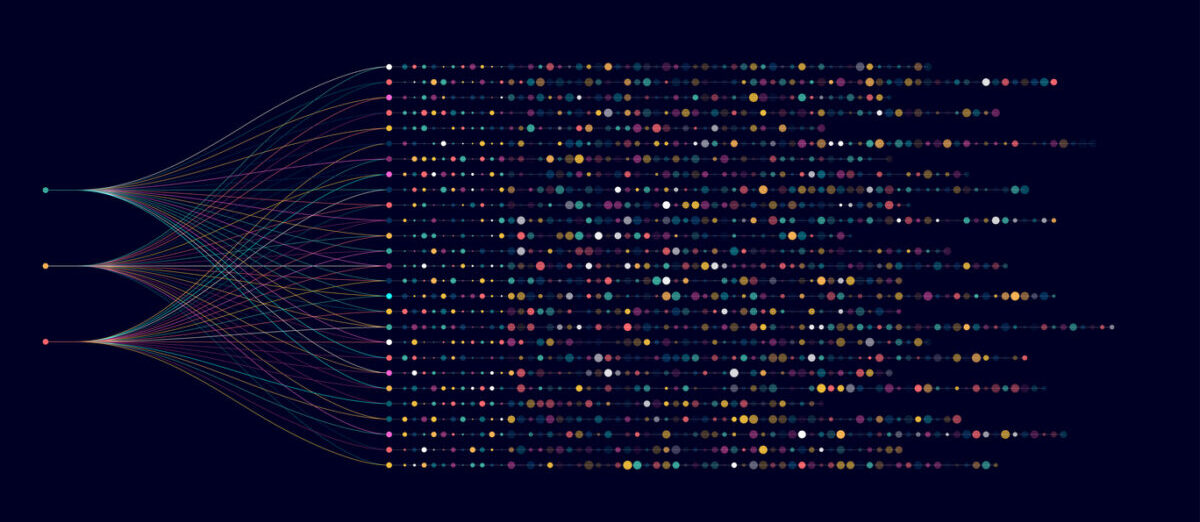Before you can detect what’s wrong, you need to understand what’s normal.
Part 2 of our three-part guide focuses on how to model the “normal” behavior of time series data — a critical step in detecting anomalies accurately and at scale.
“There are many patterns and distributions that are inherent to data. An anomaly detection system must model the data, but a single model does not fit all metrics.”
What’s inside:
-
Why assuming a single model or distribution is not enough
-
How seasonality and changing patterns impact model accuracy
-
Techniques for real-time, adaptive learning at scale
-
Why automated, auto-tuned algorithms are essential for modern systems




